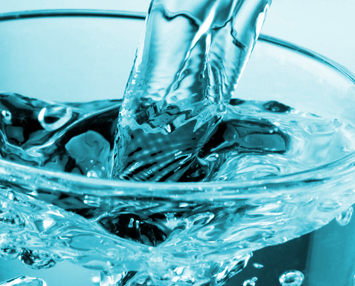NT launches water fund
 The Northern Territory Government is spending $28 million on improving water quality in remote areas.
The Northern Territory Government is spending $28 million on improving water quality in remote areas.
The NT’s sole water supplier Power and Water finally released water quality data for the past two years this week after multiple requests from reporters. Until now, it had not put out the data for the past two years.
The data shows close to 30 remote communities have levels of physical and chemical health parameters above the Australian Drinking Water Guidelines.
In one case, the town of Laramba was found to have over 2.8 times the recommended uranium levels.
Many other communities are struggling with communities above-guideline levels of minerals such as nitrate, iron, calcium and manganese.
The new water quality package will see $7 million spent each year, over four years, to improve water quality and supply in Laramba, Engawala, Yuendumu, Epenarra, Imanpa, Atitjere, Warruwi, Angurugu, Beswick and Numbulwar.
It includes drilling new bores in seven communities.
Laramba will receive a pilot water treatment trial and new water infrastructure.
Indigenous Essential Services Minister Chansey Paech said the funding would help tackle water problems in 10 out of 72 remote communities.
“A major issue that we understand is looking at good filtration services to reduce the levels of high naturally occurring minerals,” he said.
“When we look at water in our remote communities, we understand that good drinking water quality is important.”
Mr Paech was criticised by the Central Land Council (CLC) for not talking to remote constituents about the water plan after it was formalised, and instead holding a press conference in Darwin to announce it.
NT Security Minister Eva Lawler said Power and Water had not published data for 2019 and 2020 due to COVID-19 restrictions.
However, NT had no restrictions in 2019 and travel has been allowed to remote communities since June 2020.
“Last year, because of COVID, those results weren't put out because the [Chief Health Officer] is the person that goes through those results and approves those results and looks at that data, so that didn't happen,” Ms Lawler said.
“But one thing that we can be assured about is the water in those tables, in those aquifers, across central Australia and northern Australia, they change very little from year to year.
“Whether you're looking at the uranium levels, whatever the contaminates are in that water, those groundwaters have been there for literally millions of years.”








 Print
Print